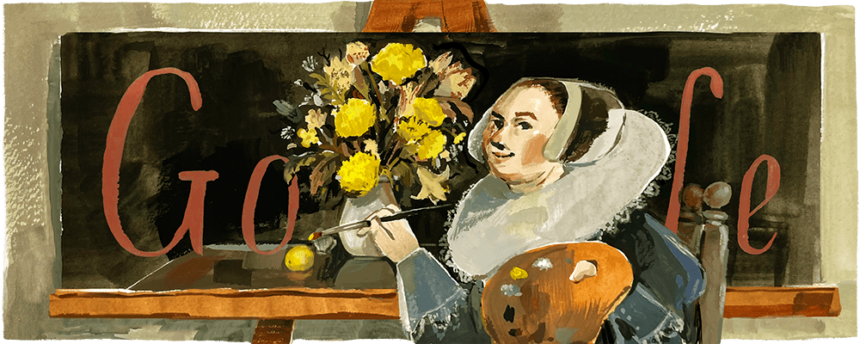In the Dutch Golden Age, Judith Leyster was a central figure and a master painter of the 17th century. In spite of this, misogyny and a forged signature led art dealers to misattribute her paintings to male artists for decades. The National Gallery of Art and the Frans Hals Museum honoured her legacy on this day (19 December) in 2009. She is honoured in today’s Doodle.
Judith Leyster (baptized 28 July 1609, Haarlem, Netherlands-buried 10 February 1660, Heemstede, near Amsterdam) was a Dutch painter who emerged from obscurity as one of the few female artists of the time. Her works include portraits, genre paintings, and still lifes.
Leyster, whose name means “lodestar,” was born in Haarlem in 1609. Despite the fact that little is known about her formal education, rumour has it that she displayed remarkable talent at an early age. In 1628, when Samuel Ampzing visited Haarlem, he described 19-year-old Leyster as a painter of “good and keen insight.”
Professional female painters were rare in Europe at the time. However, Leyster did not allow this to discourage her. Leyster painted Serenade and Jolly Topper in 1629, using her spontaneous and free brushstrokes to capture everyday life. A play on her last name, she signed with a distinctive monogram: “J.L.” crossed by a star.
A few years after completing her first painting, Leyster became one of the first women to be admitted to Haarlem’s prestigious painters’ guild. Additionally, she opened her own studio during this period and began accepting students.
The artist Leyster may have earned the respect of her peers and enjoyed financial success, but she was erased from history when art scholars mistook her paintings for those of her male contemporaries.
On one of Leyster’s paintings in the Louvre, an observer noticed a star insignia that didn’t match the signature of the male artist. As a result, the art world had to reckon with decades-long misattributions, reclaiming Leyster’s place in history. More than 30 Leyster masterpieces have been identified since then.

